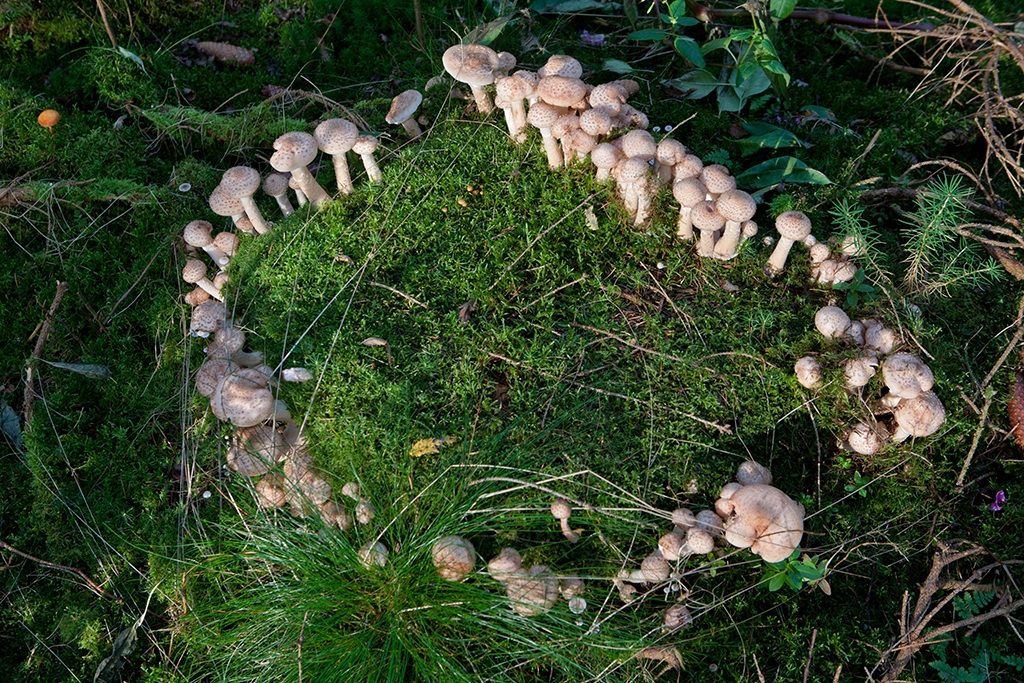Protection against harmful mutations found in mushrooms
According to a new study, facilitated by SciLifeLab’s National Genomics Infrastructure (NGI), certain mushroom species seem to accumulate surprisingly few mutations over time. This suggests a well developed protection against harmful mutations and the results could be important for future drug development.
In the study, published in the journal Current Biology, researchers from Uppsala University investigated the mutation speed in the long-lived mushroom species Marasmius oreades, by whole genome DNA sequencing. Marasmius oreades often grows in so called “fairy rings”, naturally occuring circular growth patterns. The results showed that the number of mutations per cell division was surprisingly low.
“In studying mutations, you often use cell lines at the lab, which isn’t practical over long periods. In fairy rings, we can at one time-point study the emergence and accumulation of mutations over many years, and also in the organism’s natural environment. Interestingly, we found far fewer mutations than we expected,” says Markus Hiltunen (Uppsala University), doctoral student and lead author of the study in a press release from Uppsala University.
The results suggest that Marasmius oreades has a sophisticated defense system against harmful mutations and that an in-depth analysis of the cellular mechanisms behind it could provide important information about aging and cancer.
“The mechanism facilitating this protection is currently unknown, but leading candidates are extremely effective DNA repair systems or asymmetric DNA division during cell division, where mutated DNA may be left behind as the fungus grows outward. But this needs to be clarified in new studies,” says Hanna Johannesson, who heads the research group at Uppsala University.





